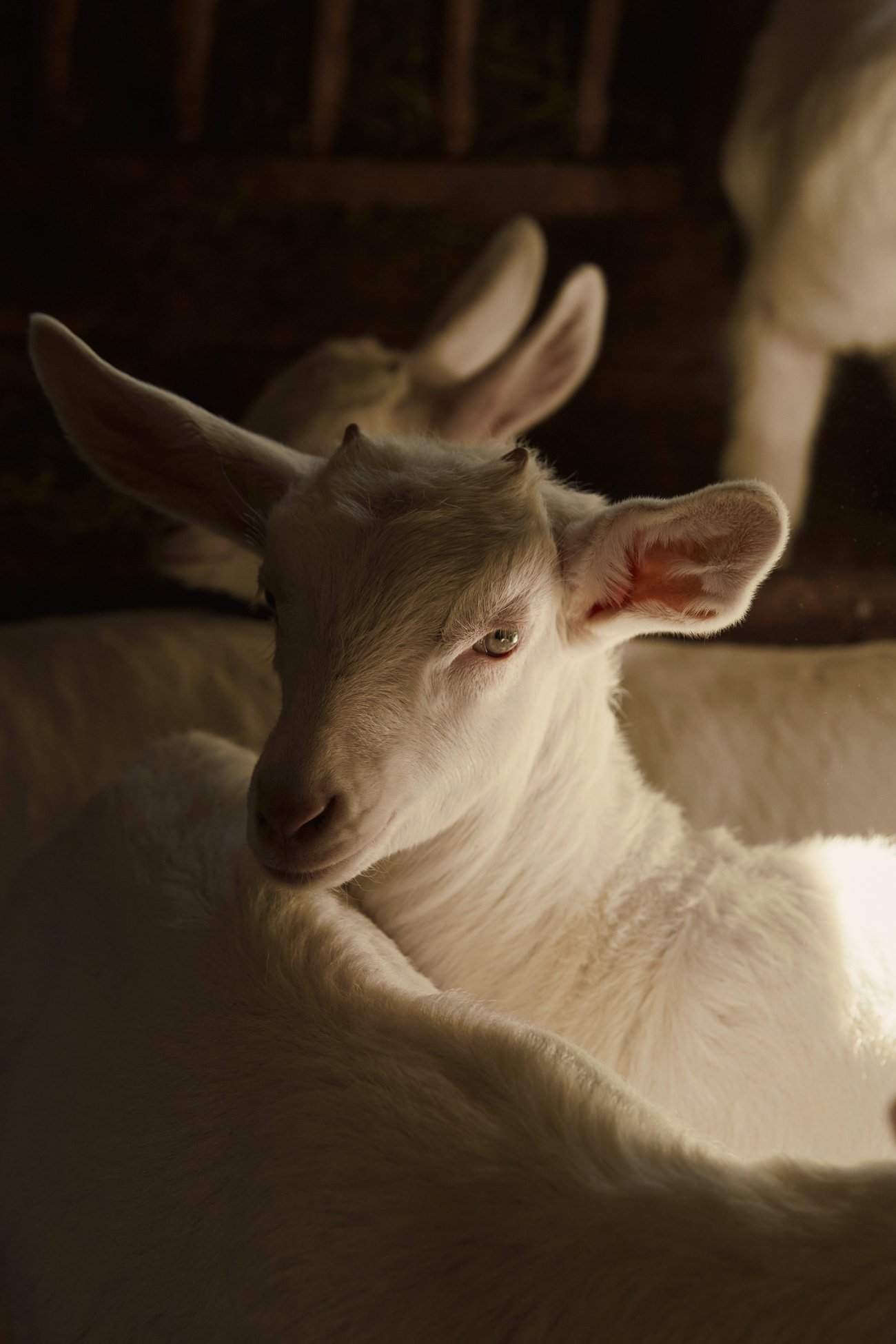Leather - the biggest myths
The last few weeks have been wonderful and interesting. We were able to present MARAI at a number of events and conferences and give insights into our local production. The many nice reactions give us courage and energy to continue, even if sometimes a strong wind blows against us.
In the various conversations we have once again realized how many misunderstandings there are about the production of leather. And how many people prefer to buy "vegan leather" assuming that with their action they are doing something good for people, animals and nature. For our latest Journal article, we took a close look at the most popular leather alternatives - but we still insist: artificial leather is not a sustainable alternative to real leather.
We won't deny that the production of leather is always unproblematic - on the contrary. The challenges in the global leather industry are part of the reason MARAI was originally created. But there is a lot of ignorance surrounding the production of leather that puts this wonderful material in a bad light. We have dedicated an article in our journal to the most popular myths, and would like to take this opportunity to clear up what is probably the most frequently heard misconception:
That animals are kept and killed for the production of leather.
That's simply not true. 99% of the hides come from animals raised for meat and milk. Most animal hides come from cattle (69%), sheep (13%), goats (11%) and pigs (6%). These hides are a valuable resource, and whether we call them by-, co- or waste product: It is always more responsible to use these resources instead of burning them. Farmers earn nothing from the skin, and slaughterhouses a few dollar, if that.
With MARAI, we tackle the problem at its core: we preserve the skins and process them into leather. And give this wonderful material the value it deserves.
It takes a lot of water to make leather.
We read again and again that one square metre of leather requires several thousand litres of water. This figure is calculated by adding up the water that a cow consumes in its lifetime (whether by drinking or watering soy, corn, etc.). However, the cow also needs this (rain) water when its hide is disposed of at the end of its life. The goat and sheep skins we use for our products are also disposed of if we do not have them processed into leather.
The production of leather requires an average of 120 litres per square metre. The water is purified and returned to the cycle.
Leather is produced with chemicals that are harmful to health.
A large part of the leather is tanned with chromium III oxide which is a non-toxic pigment. Chromium salts are not fundamentally harmful to health. If a tannery works according to regulations, tanning with chromium is completely unproblematic. In the case of unprofessional processing, the chromium III salts used may contain chromium VI salts as impurities. Chromium VI is known to be carcinogen. Improper use occurs especially in poor countries where there are no regulations and price rules. Thus, leather from such productions should always be treated with caution.
Leather producers - especially in Europe - have to comply with all important chemical regulations regarding the use of chemical substances. Chemicals such as mercury, arsenic, phenol and formaldehyde are not used in tanning, even though we read this again and again. Formaldehyde has no tanning effect.
Important to add: Even if the production standards for leather are very high, there are always companies that do not comply with them. But this does not only happen in the production of leather - the textile industry is no better in this respect.
To produce our leather, we only use vegetable tanning agents and harmless chemicals and prove: There is a good way to make leather.




